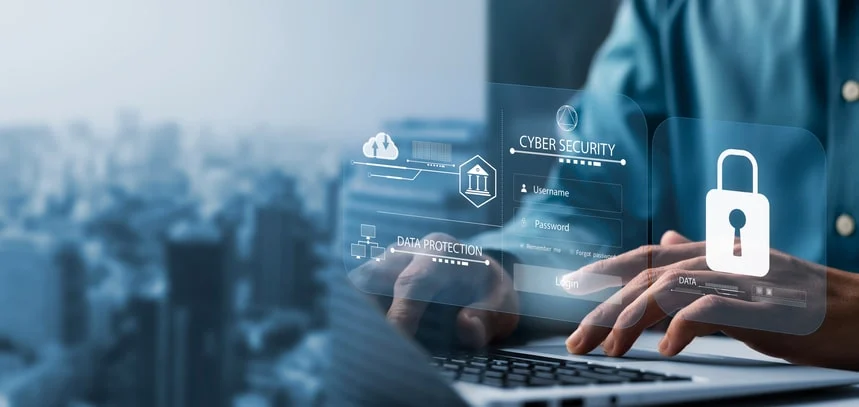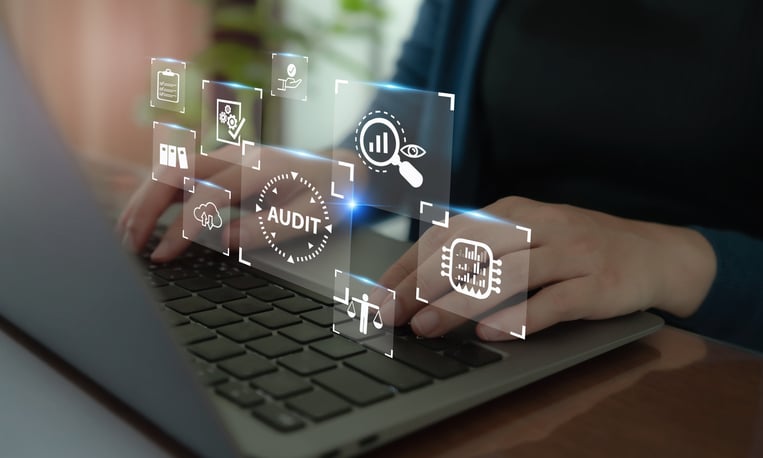Does your office have a cabinet or closet where old or unused technology goes for its final resting place? You know the one — it’s stuffed with cords that no one is sure what they plug into, a shelf stacked with old keyboards, a computer monitor set aside for that “someday” it might get used. How about that external hard drive tucked away in a file cabinet that still contains sensitive customer data? Do you have computers that are years old stored away just in case you need a spare?
Truth is, most businesses don’t have a complete grasp on IT asset expenses — the existing equipment and software that gets used every day — let alone those technologies set aside to deal with later. It’s difficult for a business to determine its IT needs and associated risks if it doesn’t have a complete understanding of all IT-related assets.
Implementing an IT asset management program can help you get a handle on your IT assets, control investment costs and help mitigate business risks.
What is IT Asset Management?
Managing your technology assets involves more than just taking an inventory of your organization’s software and hardware — although that is an important step. It’s an important part of any company’s business strategy.
Knowing your organization’s existing IT assets allows you to make informed and strategic decisions about your ongoing technology needs. IT asset management provides an accurate account of your technology and its value to your organization — both beneficial and unfavorable — and provides a clear roadmap for informed and wise IT decision making moving forward.
The Benefits of IT Asset Management
An effective IT asset management program will help your organization save time and money by maximizing existing resources and avoiding unnecessary asset purchases. In addition, proper management also helps ensure that software is up to date, proper protections are in place and that inefficiencies are identified and addressed.
Here are several ways businesses can accomplish these results with a strategic IT asset management program.
1. Control Costs
IT asset management provides the information needed to make decisions on how IT funds are invested and how those investments are performing. This provides a structure to run current projects efficiently and get started on new ones. Organizations can use this information to improve total cost of ownership (TCO) by ensuring related costs are tied to the lifecycle plan.
As organizations make investments in hardware and software, it’s important to realize these IT assets have a planned lifespan — a time typically determined by the manufacturer indicating when assets need to be updated or replaced. IT asset management ensures technology is kept current to maintain compatibility with other components of IT and mitigate the ongoing dynamic nature of IT security threats for assets that cannot be updated.
Improper handling of IT assets can become very costly if not addressed, and IT asset management can help identify and address issues and implement cost-saving measures. Managing your assets is one of the simplest ways to understand your existing technology, fully utilize what you have and pinpoint any problem areas that need to be addressed.
2. Ensure Compliance
Keeping your hardware and software systems current is a challenge and could result in significant fines if not kept up to date. An IT asset management strategy will help protect your company in the event a software vendor conducts a license compliance audit. Technology vendors are diligent about protecting their intellectual property and the integrity of their systems and, all too often, businesses have expired or outdated licensing. Others install software that is licensed for a single device or user on multiple computers, which is a big violation of terms and conditions. When discovered, noncompliance can cost as much as $30,000 per unregistered device.
3. Support Green Initiatives
Your asset inventory will likely reveal many opportunities to cut down on energy usage and reduce the consumption of resources. Old and inefficient technology that’s plugged into an outlet can drain power even when not in use. An assessment of your printers may likely reveal that you could downsize your fleet without any negative repercussions on productivity or convenience, to further reduce your carbon footprint and save paper and ink. Additionally, an IT asset management program will offer opportunities for responsible disposal or recycling of old technology, toner cartridges and, yes, that closet full of outdated equipment you’ve been holding on to.
4. Improve Data Security
Perhaps one of the greatest benefits of managing your assets is the protection of your data. Cybercrime and data breaches are among the greatest threats facing business today, and a thorough assessment of your technology landscape may very likely reveal signs that your organization is at risk of a security breach. Not only do you need to ensure your networks are safe from outside threats such as malware and hackers who want to steal your clients’ data and yours; ensuring protection against internal threats is equally important. An estimated 140,000 hard drives crash each week in the United States. Could you recover the vast amount of data for you and your clients if that happened to you? If not, it could mean significant harm to your organization’s reputation and possibly lead to the demise of your entire organization, as 60% of companies shut down within six months of losing their data.
Clearly, managing your assets needs to be a priority. You can get a head start on this process by downloading our free Business Technology Inventory Checklist below. Then, consider enlisting the help of a Managed IT provider to do a thorough assessment of your IT inventory and propose a strategic plan moving forward. Through personal consultation and remote monitoring and management tools, you can be assured you’re doing all you can to mitigate risk and optimize efficiencies for employees and the technology they use. As always, reach out to us with any questions.










%20cropped.webp?width=200&height=200&name=Nick_Bambulas%20(Pro)%20cropped.webp)




